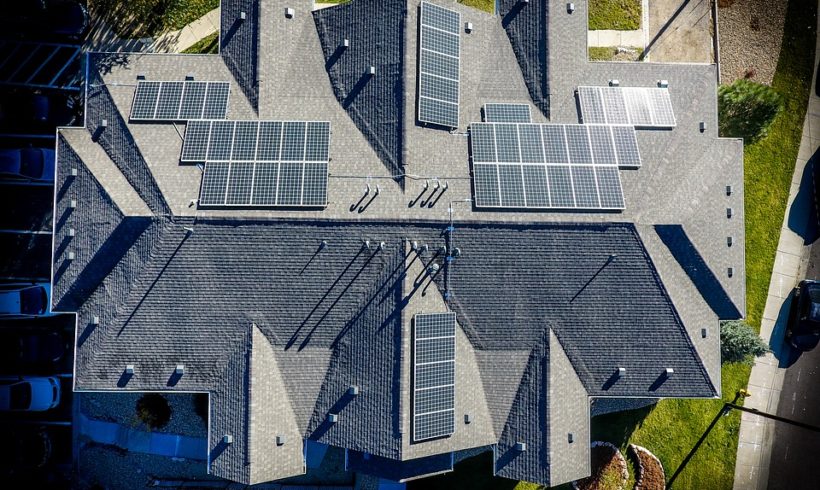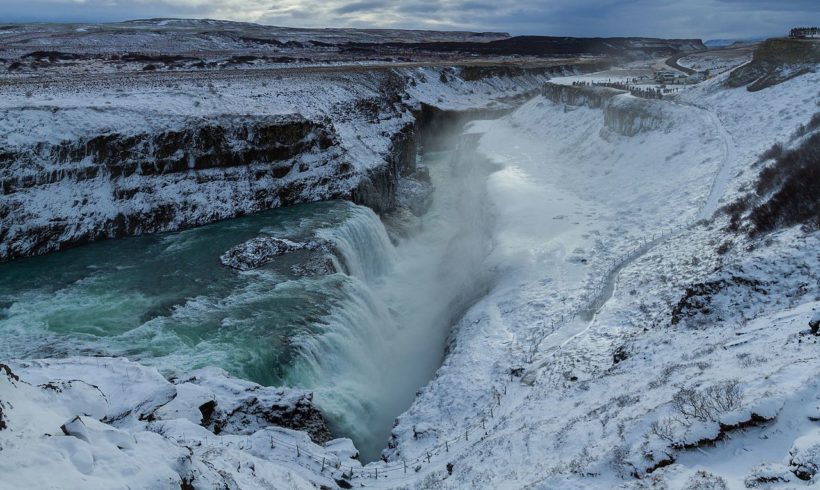By DR. MIRIAM ACZEL and KATE RINGNESS On August 16, 2022, President Joe Biden signed the Inflation Reduction Act of 2022 (IRA) into law, which...
Archive for category: Renewable Energy

Solarize: the Grassroots Initiative that Cut Solar Costs up to 35%
By Jerold Brito Back in 2009, solar panels were not nearly as widely used as they are today. At the time, solar power generation in the...

America Has More Than Enough Renewable Resources to Meet All of Its Energy Needs, Says Report
By Jenna McGuire Renewable technologies are also becoming more advanced, while costs are plummeting. The United States has the resources and technology to shift away...

‘The Future of Energy? Bright and Breezy’: IEA Forecasts Huge Growth in Solar and Wind
By Jessica Corbett Renewable power sources grew at their fastest rate in two decades last year—an increase that is set to become the “new normal.”...

‘What the Future Can Look Like’: Study Shows US Switch to 100% Renewables Would Save Hundreds of Billions Each Year
By Kenny Stancil Image caption: A worker performs maintenance at the BlueWave Community Solar Farm in Grafton, Massachusetts on December 4, 2017. (Photo: Robert...

Investing in Sustainable Energy for Your Home
By MIRIAM ACZEL For most homeowners, it’s in their best interest to take the time to reassess their energy usage at home. If you’re finding...

The Source of the Icelandic Energy Transition from Carbon to 100% Renewable
Landsvirkjun, the National Power Company of Iceland, invites participants of CHARGE to a Magnet Networking Excursion to the Ljósafoss Power Plant. The excursion will serve as a grand finale of CHARGE 2018 on the 25th of September. After the conference programme concludes, participants will go straight to buses that will take them on an energy excursion like no other. Participants will travel outside of Reykjavik through the iconic Icelandic landscape to the powerplant. At the power plant, Landsvirkjun will host a reception for participants at the plant’s interactive energy exhibition space.

France’s Energy Future with Macron at the Helm
France is in the enviable position of having among the lowest energy costs in Europe, coupled with low carbon emissions--thanks to 58 nuclear plants that provide 75% of France’s total energy consumption. As a result of nuclear investment, France is currently the largest net-exporter of energy in the world, bringing in revenues estimated at 3 billion euros annually.
But the French nuclear plants were designed with an expected 40-year life-span, and their average age is now 35 years. And France, while using a high percentage of recycled nuclear fuel in power production, still faces the problem of how to handle waste products. Thus, the government faces a choice: invest in renewing the fleet of nuclear plants or invest in renewables—or support a mix of the two. Decommissioning old nuclear plants, building a new generation of plants, developing a system of renewables—all these options come with significant price tags.

Cambodia’s Renewable Energy Prospects
Cambodia has made great strides in its efforts to develop its economy and improve the standard of living of its mostly rural population, with current GDP growth rate hovering around 7%. But a 2016 WWF report claimed that more than 6 million Cambodians still lacked access to energy, and Cambodia’s developing industries—particularly textiles—are energy-hungry. Cambodia developed a blueprint for development in 2013, Rectangular Strategy, Phase III, that identifies cheaper energy sources for households and business/industrial consumers as key to continuing development. The report says that while large-scale hydro and coal-fired plants have thus far been the preferred strategy due to their high generation potential and low production costs, diversifying energy sources to reduce fossil fuel reliance is also an important goal going forward.

Why Domestic REC’s Should Take Precedence in Maryland
Maryland’s Renewable Energy Portfolio Standard (RPS) serves two purposes: to promote the growth of a renewable energy industry, and to increase the production of renewable energy resources in the state.
The Renewable Portfolio Standards are often touted as a policy that has generated both economic benefits and jobs in the state. But the data presented here shows that these claims may not hold up.


